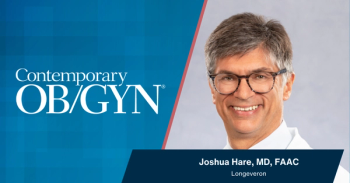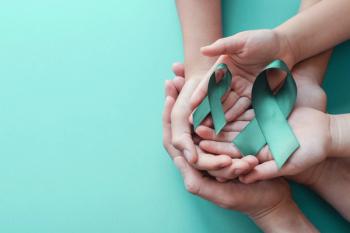
CDC reports teen HPV vaccination coverage still low
Rates of human papillomavirus (HPV) vaccination in adolescents remain low, 8 years after the Advisory Committee on Immunization Practices (ACIP) recommended routine use of the vaccine in girls aged 11 to 12 years, according to a recent report in the Centers for Disease Control’s (CDC) Morbidity and Mortality Weekly Report.
Rates of human papillomavirus (HPV) vaccination in adolescents remain low, 8 years after the Advisory Committee on Immunization Practices (ACIP) recommended routine use of the vaccine in girls aged 11 to 12 years, according to a recent report in the Centers for Disease Control’s (CDC)
The finding is based on a CDC analysis of data from the 2007-2013 National Immunization Survey – Teen (NIS-Teen) and national postlicensure vaccine safety data among both females and males. Data from all years represented in the NIS-Teen survey were combined and analyzed by birth cohort to determine receipt of ≥1 dose of HPV vaccine by age 13 years among adolescent girls.
Overall among adolescent girls, coverage with ≥1 doses of HPV vaccine increased from 53.8% in 2012 to 57.2% in 2013. A similarly significant increase was seen in adolescent boys, from 20.8% in 2012 to 34.6% in 2013. Among girls, the number receiving ≥1 dose of HPV by age 13 years increased by an average of 5.9% (95% confidence interval [CI] = 2.8% - 9.0%) with each new birth cohort, reaching 46.8% (95% CI = 41.2% - 52.5%) in the 2000 birth cohort.
Missed opportunities for HPV vaccination-defined as a healthcare visit occurring between the girl’s 11th and 13th birthday as well as after the publication of the ACIP recommendations when the girl received at least one vaccine but not the HPV vaccine-also were evaluated. In the 1994 birth cohort, the percentage of missed opportunities was 9.3% (95% CI = 8.1% - 10.8%), versus 83.7% (95% CI – 77.8% - 88.2%) in the 2000 birth cohort.
In 2013, NIS-Teen also asked parents why they weren’t vaccinating their children or were hesitant to do so. The most common reason among parents of girls was ack of knowledge (15% [95% CI 13.0% – 18.5%]). Other common reasons included parent belief that the HPV vaccine wasn’t needed or necessary, 14.7% (95% CI 12.5% - 17.3%); parental safety concerns, 14.2% (95% CI 11.8% - 16.8%); lack of recommendation by healthcare provider, 13.0%, (95% CI 10.8% - 15.5%); and that the girl was not sexually active, 11.3% (95% CI 9.1% - 13.9%).
A positive sign is that the number of parents receiving an HPV vaccination recommendation increased from 61.0% among those with girls in 2012 to 64.4% in 2013. The parents of vaccinated girls were more likely to have received this recommendation than the parents of unvaccinated girls.
To get weekly advice for today's Ob/Gyn,
Newsletter
Get the latest clinical updates, case studies, and expert commentary in obstetric and gynecologic care. Sign up now to stay informed.










